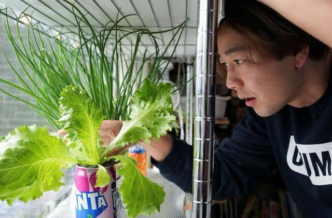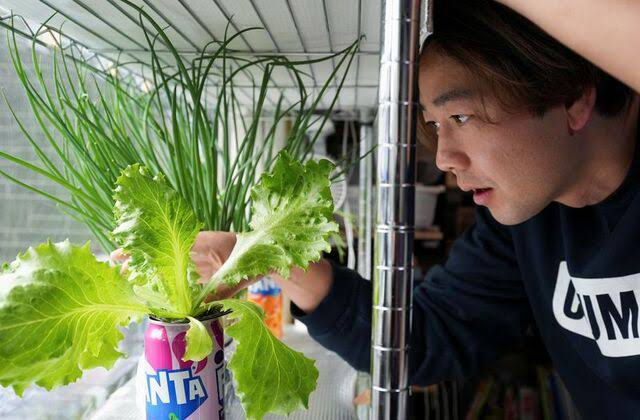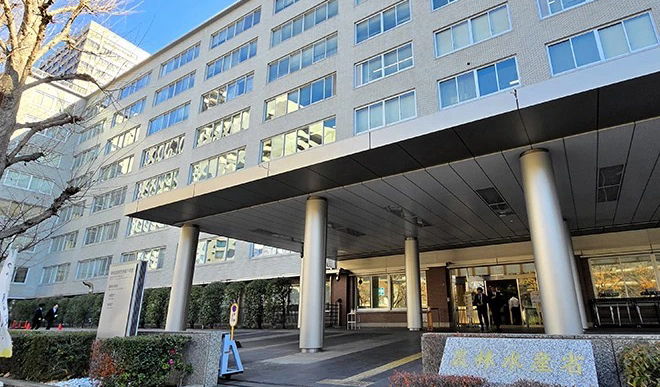Key Highlights:
• Prices of staples like rice and cabbage have soared, with cabbage prices tripling.
• Consumers are growing vegetables at home and finding cheap substitutes for expensive ingredients.
• Food costs hit a 42-year high, while inflation-adjusted wages continue to decline.
• Dried condiments (furikake) are replacing full meals as a cost-cutting measure.
Struggling to Put Comfort Food on the Table
For Kirina Mochizuki, a Japanese homemaker from Hiroshima, “okonomiyaki”—a savory pancake—used to be a simple and affordable meal. But with cabbage prices tripling, she now hunts for discounted produce daily and even substitutes dried seaweed for cabbage.
“I never imagined that okonomiyaki would become a delicacy,” Mochizuki said. To further cut costs, she has started re-growing leeks in a glass of water using discarded roots.
She is not alone—Japanese households are adapting to skyrocketing food prices by growing vegetables at home and using cheaper alternatives in their meals.
Inflation Hits Japanese Households Hard
Japan, long known for its low inflation rates, is now experiencing rising food prices at a level not seen in decades.
�� Cabbage prices in Tokyo have tripled compared to last year.
�� Wholesale rice prices surged by 60% in December 2024.
�� Inflation-adjusted wages have fallen in 29 of the last 32 months.
�� Vegetable consumption has dropped to an all-time low.
Even though the Bank of Japan recently hiked interest rates, hoping to boost salaries, many workers are still struggling. With food costs reaching a 42-year high, more people are cutting back on fresh produce and seeking cheaper alternatives.
Budget Hacks: From Homegrown Veggies to Dried Condiments
To cope with rising grocery bills, many Japanese consumers are adopting creative cost-saving methods:
�� Home Gardening: More households are growing vegetables like leeks and lettuce at home to save money.
�� Rice Toppers: Cheap “furikake” (dried condiments sprinkled on rice) have become increasingly popular as a substitute for full meals.
�� Ingredient Swaps: People are replacing expensive vegetables with dried seaweed or mushrooms in traditional dishes.
�� Eating Less Fresh Produce: With vegetables becoming unaffordable, consumption has hit record lows.
Looking Ahead: Will Prices Stabilize?
Experts predict that rice prices will remain high until at least spring 2026. Meanwhile, inflation continues to outpace wage growth, leaving many Japanese forced to rethink their diets.
While government intervention or economic changes could ease the crisis, for now, many Japanese are adjusting their food habits to survive soaring costs.

















